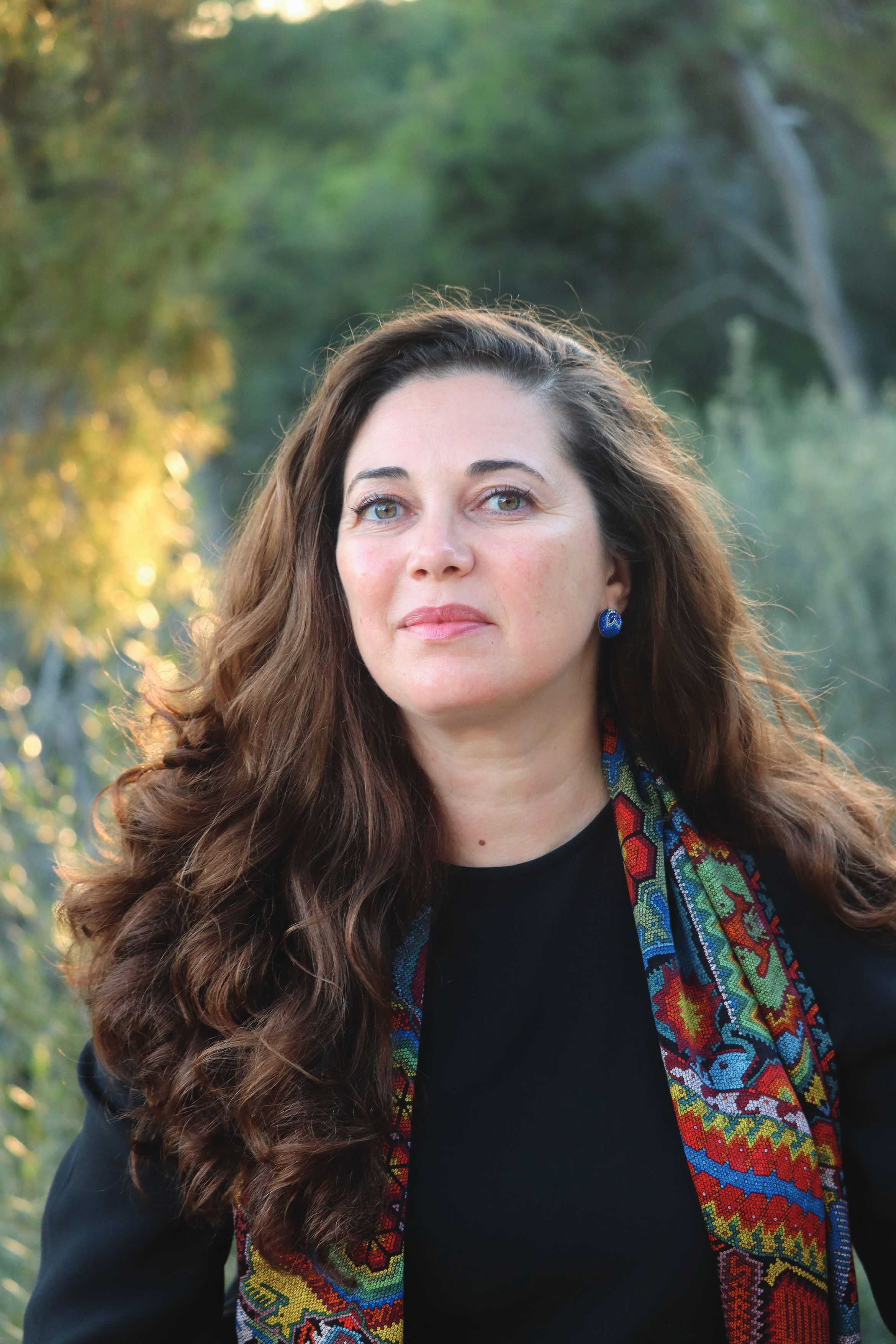Discovering best practices and optimal inter-cultural communication tools for better schools - MCAA Magazine March 2022
As schools in Europe celebrate more diversity, various cultures, and traditions, are youth equipped with the best tools for optimal cross-cultural communication? Do schools know how to foster these skills effectively?

Examining the effectiveness of different approaches in creating better communication across cultures in various school settings is what the EU-funded INCLUDed project is studying. Short for “Culturally Inclusive Schools: Celebrating diversity, teaching common values and fostering intercultural competence among youth” the INCLUDed project is being applied to a nationally representative sample of 14-year-olds in Italy.
Maria Magdalena Isac, in her own words
“My main research interests are citizenship education and educational effectiveness. Currently, I am a researcher at the Centre for Political Science Research of the KU Leuven. Prior to this assignment, I held research positions on the same topics at the European Commission’s Joint Research Centre, at the University of Bologna, Italy, and at the University of Groningen, The Netherlands, where I also obtained my Research Master’s and my PhD in Behavioural and Social Sciences. I got my Bachelor’s in Education at the Alexandru Ioan Cuza University of Iasi, Romania.”
Shedding a light on the project is Maria Magdalena Isac, a researcher at the Centre for Political Science Research of the KU Leuven, who leads INCLUDed, to find out how the project aims to generate actionable evidence for research, educational policy, and practice, to add to current research.
What was your inspiration for the project?
For more than 10 years, I have worked on comparative analyses of educational systems to understand how different formal and informal educational approaches and teaching practices contribute to young people’s citizenship learning and competencies. I also have a strong interest in educational inequalities and the use of research findings to inform educational policy.
I developed the project hoping to add to a body of research and policy initiatives at a European level, which aim to foster young people’s opportunities to become active citizens and actors of sustainable change. In particular, the project investigates what European school systems could do to further develop young people’s intercultural competences.”
What are the aims of the project and how will their successful realisation be measured?
My main objectives are to develop, adapt and validate a multifaceted measurement instrument of intercultural competence and a multifaceted measurement instrument of classroom cultural diversity climate, to evaluate the relationship between different configurations of classroom cultural diversity climate approaches and the intercultural competence of youth, and to examine the effectiveness of these approaches in different cultural school settings and for specific subgroups of young people.
The main tool to measure the successful realisation of these objectives will be the preparation of research articles for submission to peer-reviewed journals. The articles will be accompanied by the production of divulgation materials (e.g., policy briefs, animated videos) to be discussed and shared with different groups of stakeholders such as researchers, policy makers, teachers, and students.
What are some of the challenges in undertaking there search and how are you resolving them?
In these times of great uncertainty, it has become much more difficult to reach out to young people and ensure their participation in research. This is a challenge for the project, as it requires the collection of large volumes of data. Fortunately, I have established a close collaboration with the Italian Institute for the Evaluation of the Education System (INVALSI), which will play a pivotal role in the data collection. With their support, I am confident that I will be able to carry out all the planned activities.
Vanessa Alexakis
MCAA Editorial Team